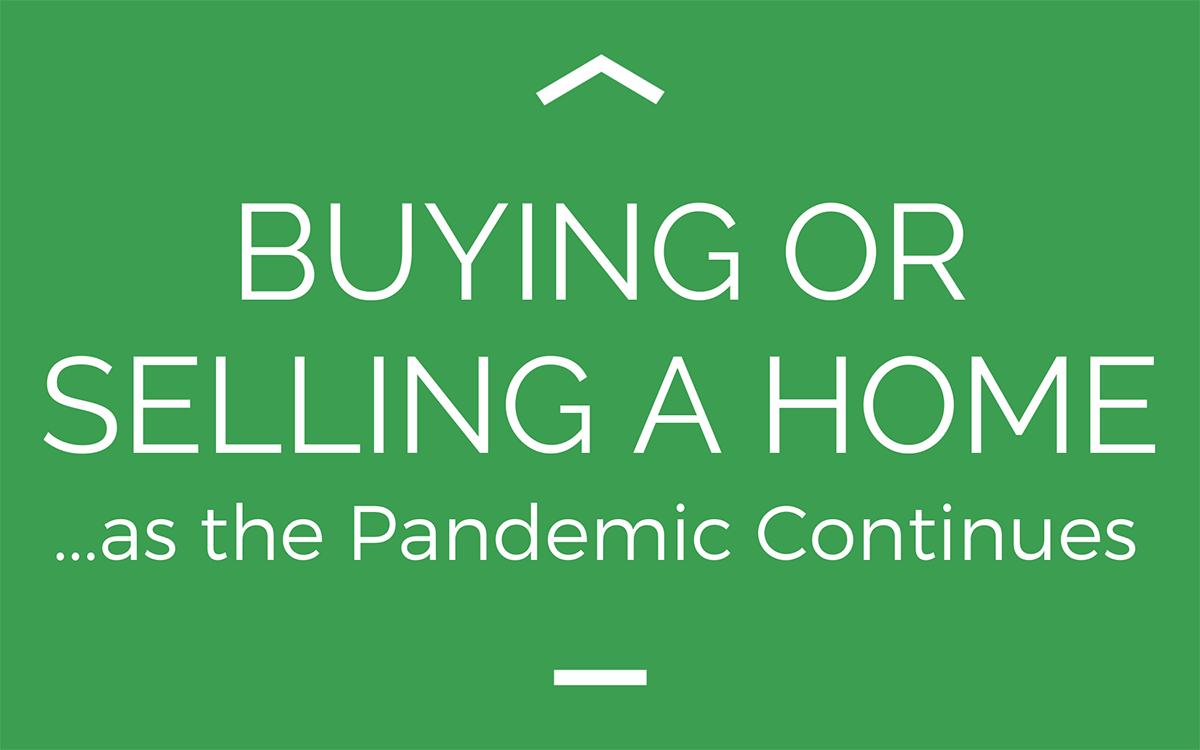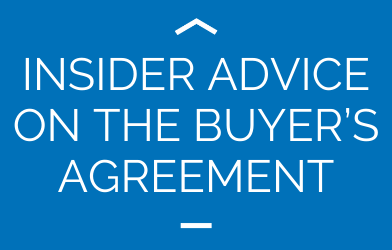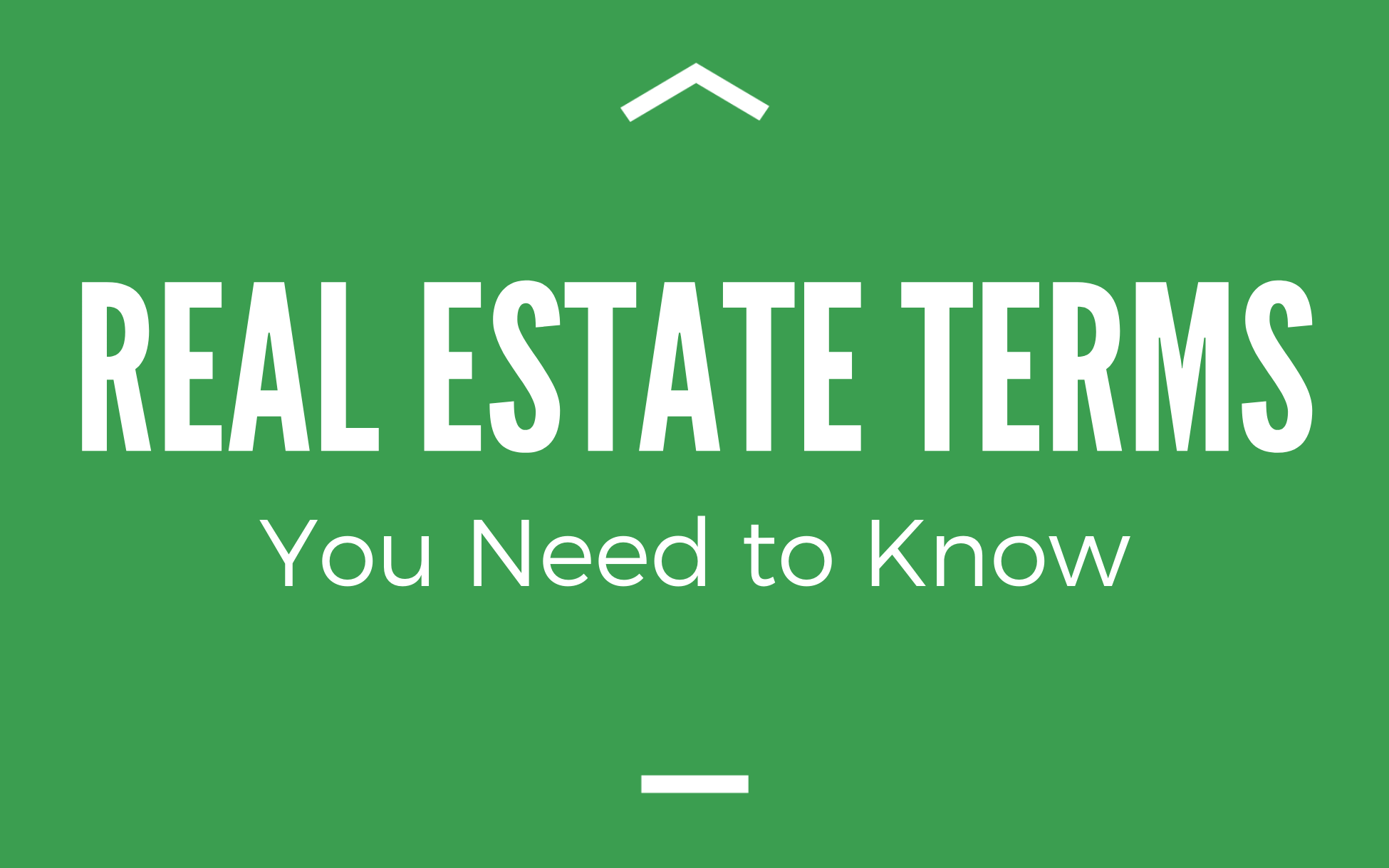
What’s in a Name: Breaking Down the Language of Mortgages
For most, the concept of a mortgage is easy enough to grasp: because few people have enough to buy a house outright, homebuyers offer a down payment, then take out a loan from either a bank or a mortgage lender, which they will then pay back—including interest accrued—over a set amount of time. Pretty simple stuff, right?
What throws a lot of people, and especially first-time homebuyers, is theplethora of types of mortgages, each of which comes with its own set of pros and cons. This is further complicated by the intricate factors like the homebuyer’s finances, including the size of their down payment and amount of debt, their long-term plans for the property, and, in one case, even their professional background!
So, how do you decide? The best course of action is to discuss your options with a professional mortgage broker, as they serve as intermediary between you and the lending institute, and a Greater Alabama MLS, or multiple listing service, real estate agent can use their extensive network of contacts can help you connect with the best broker on the block. But before you meet with a broker, you may want to familiarize yourself with a few of the types of mortgages, so here’s a quick rundown of the most important mortgage terms!
First up is theconventional mortgage. A conventional mortgage isn’t insured by a government agency (more on those later!) and is instead backed by private lenders. This is the most popular mortgage type because they offer low interest rates and flexibility in both down payment size and, in some cases, various timeframes for paying off the loan. There are different requirements for different lenders, but typically you qualify for this type if you have a good credit score, a manageable debt-to-income ratio, and a sizeable down payment. Down payments vary in size, but it’s important to note that if you don’t pay at least 20% of the cost of the home, you may be required to get private mortgage insurance as well.
Within the realm of conventional mortgages, there are also the subcategories ofconforming and nonconforming mortgages. While conforming and conventional sound similar (and are often wrongly equated), conforming mortgages refer to those which meet the standards set out by Fannie Mae, or the Federal National Mortgage Association, and Freddie Mac, or the Federal Home Loan Mortgage Corporation. These guidelines include, but are not limited to, a loan limit, which means a conventional loan over a certain amount is considered nonconforming. Loan limits are determined by many factors, so ask your lender or broker what that figure is for your area.
Further, there arefixed-rate and adjustable-rate conventional mortgages, which determine how the interest rate on your mortgage works. A fixed-rate mortgage means that the rate remains the same for the entire tenure of your mortgage. With an adjustable-rate mortgage, your interest rate (and ergo payments) are lower in the beginning and then change year to year.
Next up areunconventional mortgages. Sometimes called alternative mortgages, these are often beneficial for people who may not qualify for conventional mortgages due to higher debt-to-income ratio or lower credit scores. These include subprime (sometimes called nonprime) mortgages, which are similar to conventional mortgages in that mortgagors go through a bank or lending institution to obtain them. However, what makes subprime mortgages unconventional is the interest rate: because they’re often taken when a mortgagor doesn’t qualify for a conventional loan, the interest rate for subprime mortgages can be much, much higher.
Unconventional mortgages also come in the form ofgovernment-insured mortgages. Like subprime mortgages, these help people who might not be able to qualify for conventional loans reach their goal of homeownership. With a Federal Housing Administration (FHA) mortgage, homebuyers can qualify with a down payment as little as 3.5% of the cost, although they’ll have to pay a monthly mortgage insurance premium on top of their mortgage payment. The U.S. Department of Agriculture (USDA) offers loans through the Rural Housing Service (RHS) to help buyers with financial needs purchase homes in rural areas, while the Department of Veterans Affairs (VA)extends the American dream of homeownership to the men and women of the military who have worked so hard to defend it.
Like much of the homebuying process, mortgages can seem overwhelming. That’s why it’s important to connect with a licensed professional, like a Greater Alabama MLSreal estate agent, to make sure you’re making the best decisions for your family and your future.
The “LiveInAlabama” consumer search site is run by the Greater Alabama MLS, an official listing service run by the licensed agents in Alabama.





